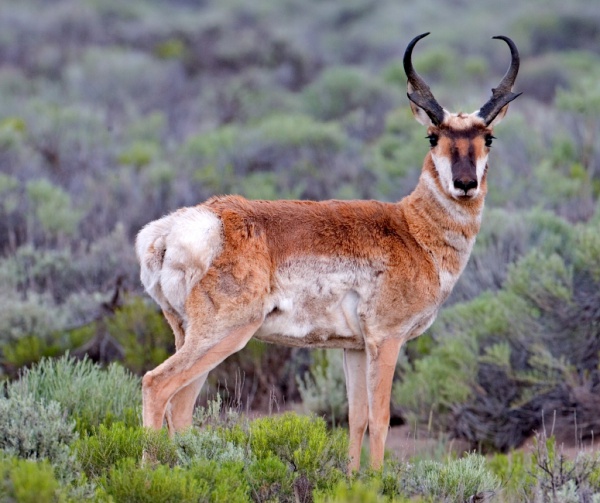Facts About Pronghorn
The pronghorn is a captivating mammal native to the interior regions of western and central North America. Despite often being dubbed the American antelope, prong buck, or prairie antelope, it is not a true antelope. Instead, it is the sole surviving member of the Antilocapridae family, with its closest relatives being giraffes and okapi. The pronghorn was first officially described by American ornithologist George Ord in 1815.
Pronghorns are distinguished by their unique white fur markings, prominent eye sockets, and slender, branched horns. They are celebrated for their remarkable speed, making them the fastest land mammals in the Western Hemisphere. They have evolved specific adaptations for high-speed running, such as a large windpipe, heart, and lungs, along with specialized hooves. Unlike many other animals, pronghorns are designed for speed rather than jumping and are often seen darting under fences at high velocities.
Their range extends from southern Canada through the United States to northern Mexico. Pronghorns thrive in open terrains but frequently compete with domestic livestock for food. They are known for their extensive overland migrations, covering significant distances. Predators such as cougars, wolves, coyotes, bobcats, golden eagles, and potentially jaguars pose threats to pronghorns.
Pronghorns exhibit diverse social behaviors and mating strategies. In winter, they form mixed-sex herds, while during the breeding season, males defend territories or harems. Females employ various mating strategies, such as sampling various males, inciting conflicts between males, or staying isolated with a single male. The gestation period for pronghorns is 7-8 months, and they typically give birth to twin fawns.
Historically, pronghorn populations declined due to hunting and habitat loss. Thanks to conservation efforts, including habitat protection and hunting restrictions, their numbers have rebounded. However, localized declines still occur due to threats like habitat fragmentation, disease, and human activities. Some subspecies are considered endangered, with specific conservation measures in place to protect them.

 United States
United States